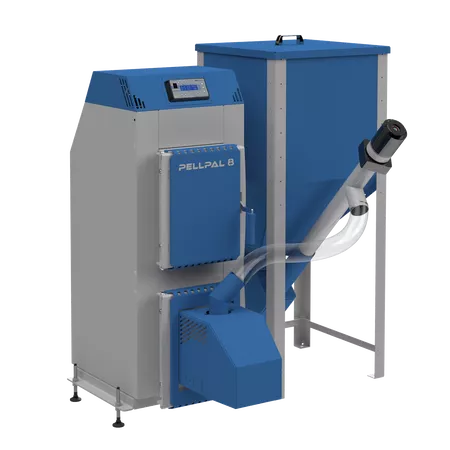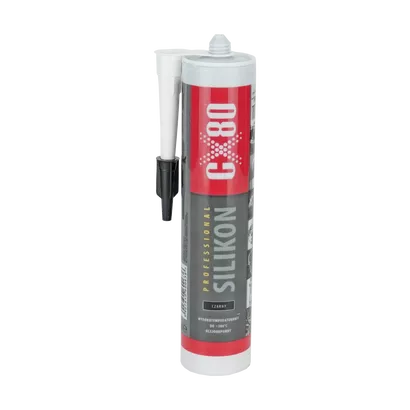Fire resistant high temperature silicone 380 OC black CX-80 capacity 300 ml

Sealants are used to seal central heating boilers. They are used e.g. in doors and trays. sealants:
insulate easily heated elements,
block the outflow of heated air,
protect against exhaust fumes,
are responsible for the tightness of the boiler and its safe operation.
The most popular types of sealants are glass sealants and ceramic sealants. The principle of their operation is the same, but they differ in resistance to high temperatures (glass sealant up to 800o C, and ceramic sealant up to 1100o C) and hardness. Glass sealant is harder than ceramic sealant, which translates into ease of application.
These sealing elements are also characterized by chemical resistance. They can successfully come into contact with most aggressive chemicals (with the exception of phosphoric and sulfuric acids and fluorine).
Silicones, on the other hand, are used to seal heating devices, fireplaces, stoves, grills, boilers, hearths, chimneys and ventilation ducts, etc.
Sealants, depending on the type, are resistant to very low (-65°C) or high temperatures (up to 1200°C) and even to direct contact with fire. They are characterized by high durability: they do not crumble and do not crack. They are characterized by high resistance to weather conditions and high adhesion to substrates. To choose the right sealing silicone, you should familiarize yourself with its features in the individual product tab.
